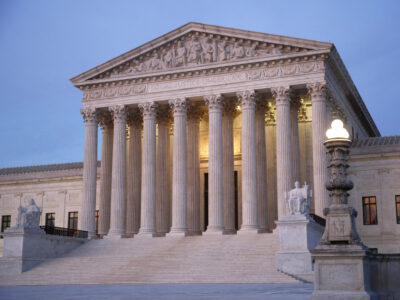Obama’s Cost-Benefit Executive Order
Last week, President Obama issued a new executive order on cost-benefit analysis The order also promised a retrospective review of old rules to weed out the duds. Business interests were pleased, environmentalists were dismayed.
Politically, the new executive order makes perfect sense. To be reelected and keep control of the Senate, he needs to win over independent voters who supported the GOP in November. To avoid policy disasters like refusal to raise the debt ceiling, he needs to undercut the tea party’s influence in the Republican caucus. This dictates a move toward the center right (just as it did with Bill Clinton). This will also make it easier for him to defend existing programs like EPA’s GHG regs against Congressional attack.
What about the substance of the order? The retroactive review of existing regulation got a lot of attention, pro and con. But as the NY Times reports, most experts don’t think it will amount to much. There must be some completely stupid regulations — no human activity is immune from the old Greek adage that “the gods themselves struggle in vain against stupidity.” But most regulations serve some purpose, and the important ones went through debate and vetting in advance. Moreover, agencies have little time to devote to this exercise and will probably come up with only a few token examples.
The more significant part of the order relates to future rulemakings. Like predecessors from Reagan (and maybe Carter) through Clinton and Bush, Obama calls for quantification of costs and benefits where possible. The main differences are that the rule also encourages consideration of benefits that are difficult to quantify such as “equity, human dignity, fairness, and distributive impacts,” and that it strongly emphasizes public participation in the process. Overall, the Obama order does not seem very different from President Clinton’s executive order — not surprising, since the Obama order explicitly states it is “supplemental to and reaffirms the principles, structures, and definitions governing contemporary regulatory review that were established in Executive Order 12866 [by Clinton].”
In short, the Executive Order is another indication, along with recent personnel changes, that the next four years might look like a third Clinton term. That’s not surprising, since the political situation facing Obama is not unlike that facing Clinton almost twenty years ago. The big difference is the Obama was much more successful in his first two years in getting major legislative and administrative initiatives in place before the GOP swept back into Congress.








2 Replies to “Obama’s Cost-Benefit Executive Order”
Comments are closed.